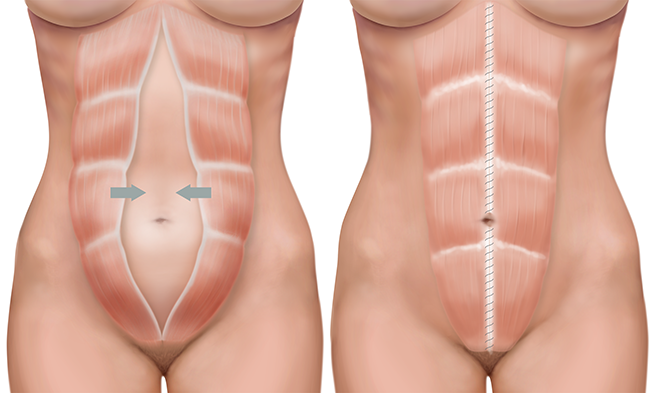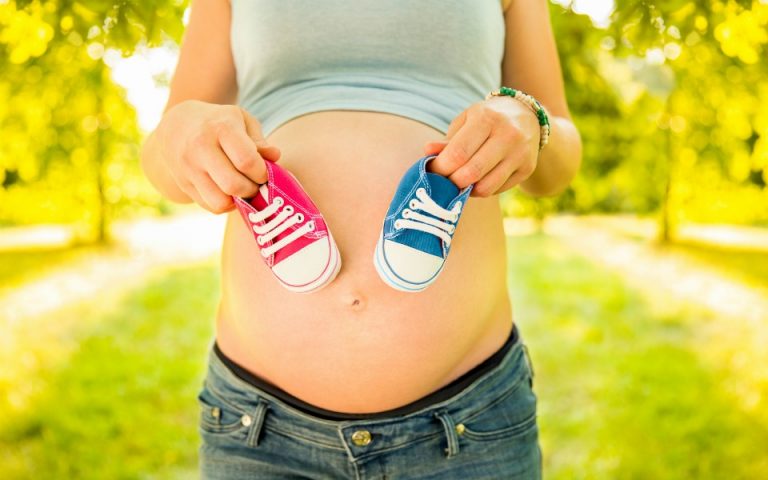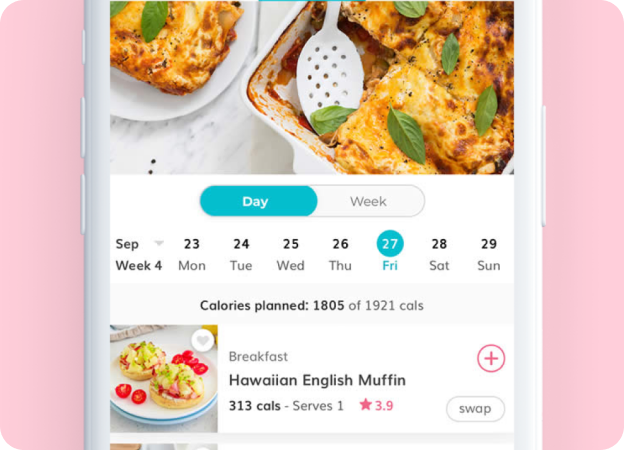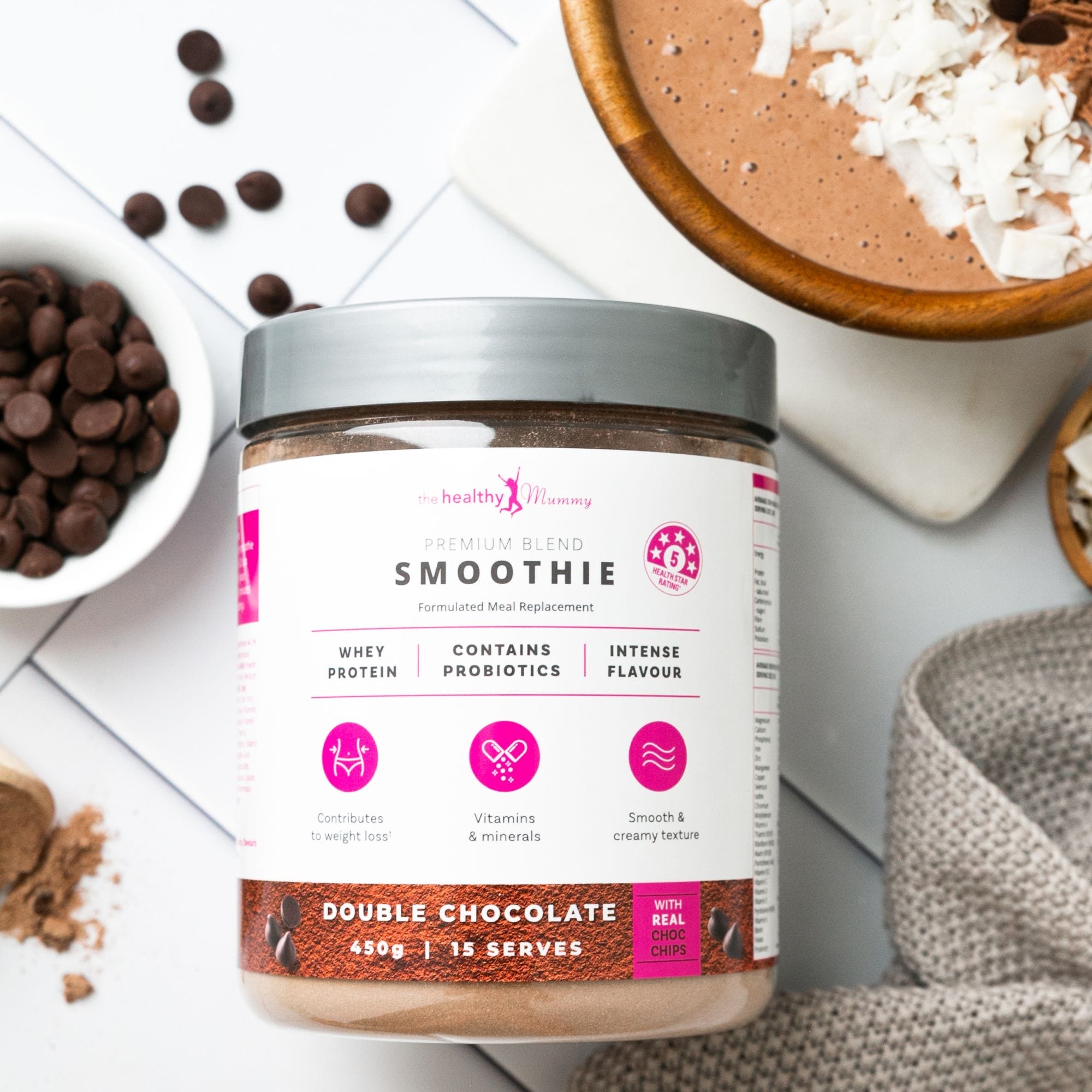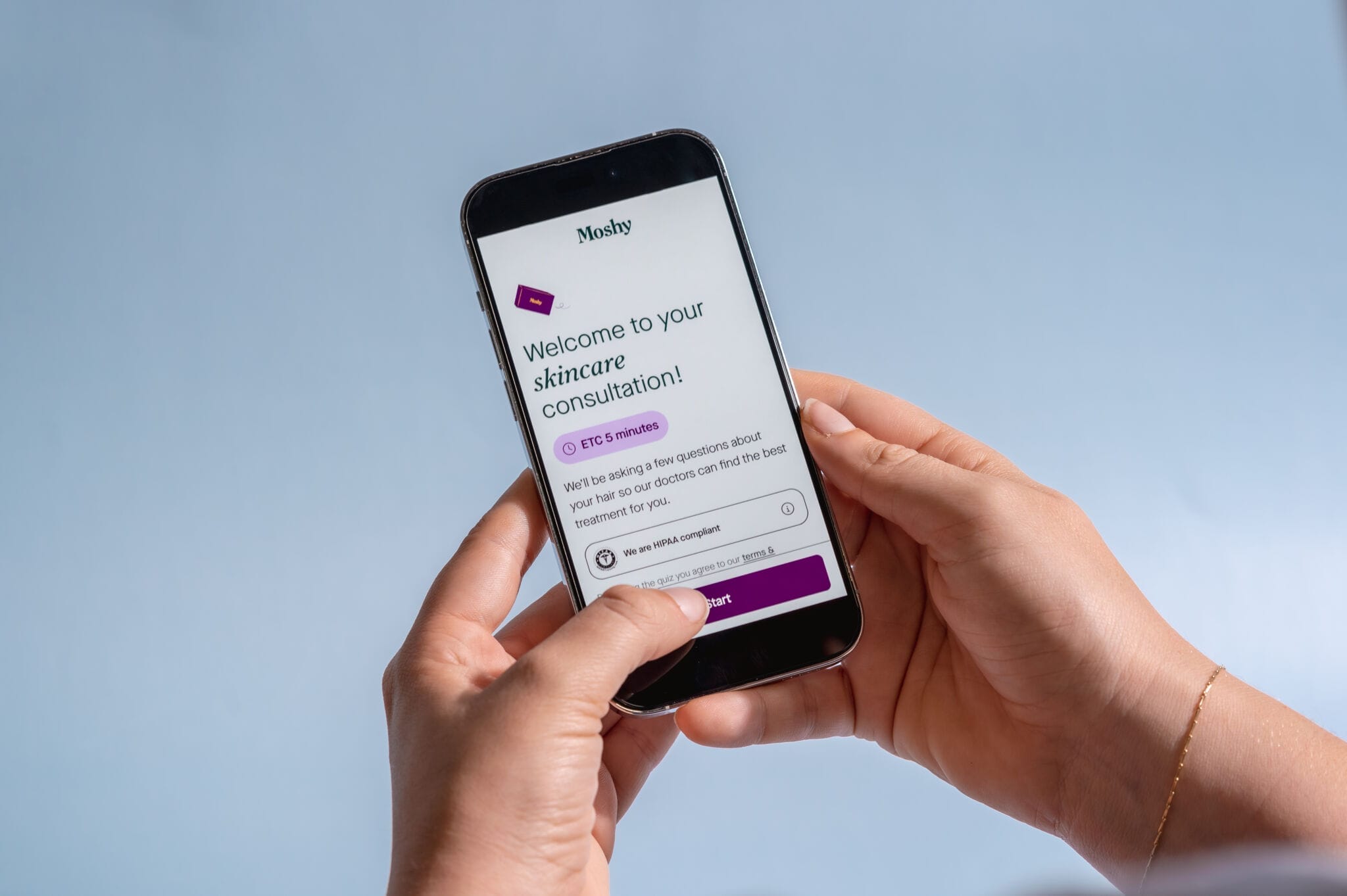Everything to know about different types of child birth and delivery choices
Midwife, Lactation consultant (IBCLC), Child and Family Health Nurse, baby wearing consultant and mum of two, Bel Moore, shares her personal experience (and what to expect) during the first 7 days with a newborn
During your pregnancy, you’ll be faced with lots of choices regarding your pregnancy, labour and birth.
Your choices about how you birth are usually influenced by personal opinion, previous history, medical or pregnancy issues and your caregiver’s suggestion/preference.
Here is everything you need to know about the different types of child birth and delivery choices there are available.
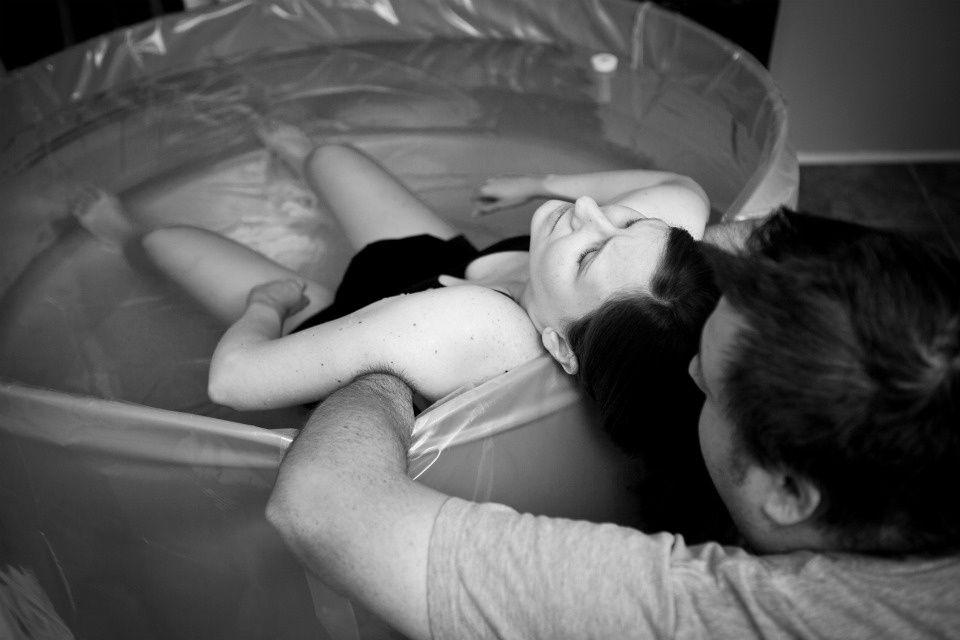
Here’s a quick run down of the different types of birth:
1. Vaginal birth
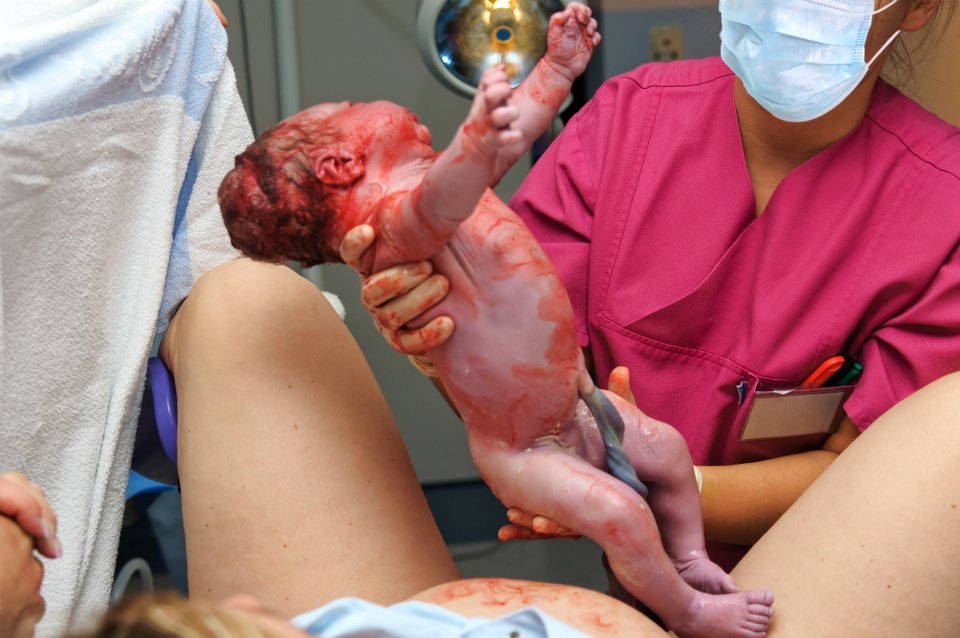
A normal vaginal birth is the most common way of birthing a baby in Australia (56% of Australian women delivered vaginally in 2015).
To birth a baby vaginally, the cervix must be fully dilated (about 10cm) and effective contractions must be present to either push the baby out (fetal ejection reflex) or helped by maternal pushing.
There a lots of choices of pain relief options in a vaginal birth, from natural options such as aromatherapy, massage and water immersion to pharmacological options like nitrous oxide gas, morphine and an epidural. You can check out the pros and cons of each here.
The common benefits of a vaginal birth include:
- Shorter hospital stays.
- Reduced need for strong pain relief after birth.
- Quicker recovery.
- More likely to be able to do skin to skin, delayed cord cutting and early breastfeed.
- Reduced chance of medical problems in future pregnancies.
Women who have had a previous c-section/s can discuss the possibility of a vaginal birth after a caesarean (VBAC) with their health care provider.
There are many reasons a healthcare provider may suggest assisting with the birth of a baby. Complications such as:
- The mother pushing for over 2 hours with no progress.
- Mother is exhausted from pushing and unable to continue.
- The baby showing signs of distress and needs to be born quickly.
- Medical reasons that make pushing risky e.g. extremely high blood pressure.
- Push ineffectively due to epidural.
2. Vacuum assisted delivery
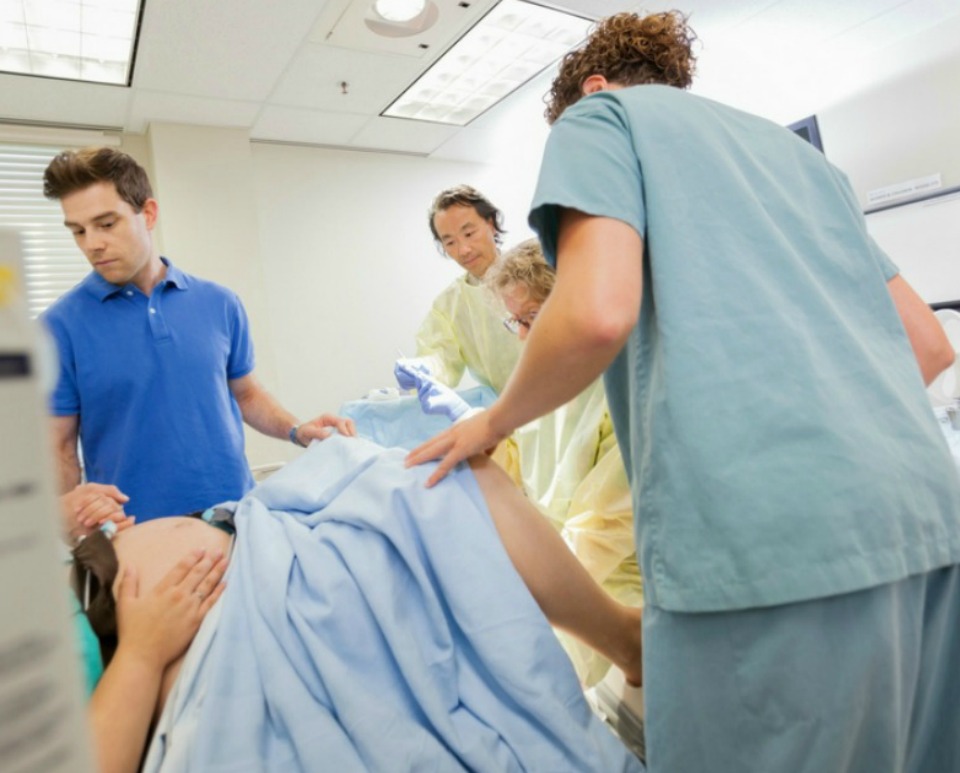
Women may require the use of a vacuum or forceps to help birth the baby safely.
In 2015, 6.4 per cent of women required a vacuum assisted delivery to help deliver their baby. A vacuum extractor or ventouse consists of a plastic or metal cup, tubing and handle, which is attached firmly to the baby’s head by suction.
The ventouse is attached after a vaginal exam, which will determine that the mode of delivery is appropriate and the position of the baby. During a contraction, the mother will be directed to push and the healthcare provider will gently pull the handle of the device to provide traction and help birth the baby.
Benefits:
- A ventouse is less likely to cause vaginal tearing than forceps.
- Enables babies who are in distress be born quickly and receive medical care.
- Can still achieve a vaginal birth and avoid need for c-section.
Risks:
- May require an episiotomy, sustain tearing or pelvic floor damage.
- Highly failure rate than forceps.
- Head needs to be low enough in the birth canal for vacuum to be attached.
- May need pain relief such as local anaesthetic or an epidural.
- The suction cup can leave a small swelling on the baby’s head (chignon) but it will disappear quickly.
- The vacuum can also cause bruising to the head (cephaleamatoma), which can take 1-2 weeks to disappear. This can also increase risk of jaundice. More serious complications include retinal bleeding.
- Cannot be used before 34 weeks due to baby’s head being too soft.
3. Forceps delivery
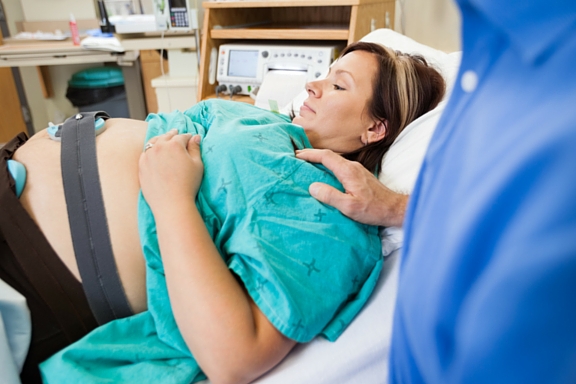
Forceps are also used to assist in a vaginal birth (about 5 per cent of births in 2015). Forceps consist of two metal spoons like blades that connect together to fit on either side of the baby’s head. With the mother lying on the bed in stirrups, a vaginal exam is performed to determine the position of the baby so the blades can be fitted correctly. The health care provider will usually suggest accepting pain relief before commencing the assisted delivery. Once in the right position, the health care provider will rotate and/or pull the forceps when the mother is pushing during a contractions.
Risks of a forceps assisted birth include:
- Bruising, bumps, marks and cuts to the baby’s head and face.
- Nerve damage to the baby’s face.
- Bleeding on the brain.
- Skull fracture.
- Damage to the vagina.
- Episiotomy or tearing.
4. Caesarean sections

A caesarean section (C-section) is a surgical procedure in which an obstetrician removes the baby through an incision (cut) made in the mother’s abdominal wall and the wall of the uterus.
There are situations where the safest option for the mother and/or baby is to have a caesarean birth, such as the baby is in the transverse or breech position and placenta previa (placenta blocking cervix).
A caesarean planned in advance is called an elective caesarean but there are also unplanned or emergency caesareans, which may be necessary if complications develop during labour.
A spinal, spinal combined with an epidural or a general anaesthetic will be used to ensure you have adequate pain relief during the operation.
In Australia, a caesarean is a common and relatively safe surgical procedure, but it is still major surgery. As with all surgical procedures, there are risks. These may include:
- A longer stay in hospital.
- Pain around the incision sites.
- Complications from the anesthetic.
- Complications such as blood loss, wound infection, DVT’s, organ damage from incision.
- Need subsequent c – sections.
- Baby may need help with breathing.
- Skin to skin and breastfeeding may be delayed.
For more information about what choices might be right for you, discuss with your health care provider early in your pregnancy.
The Healthy Mummy Pregnancy Smoothies
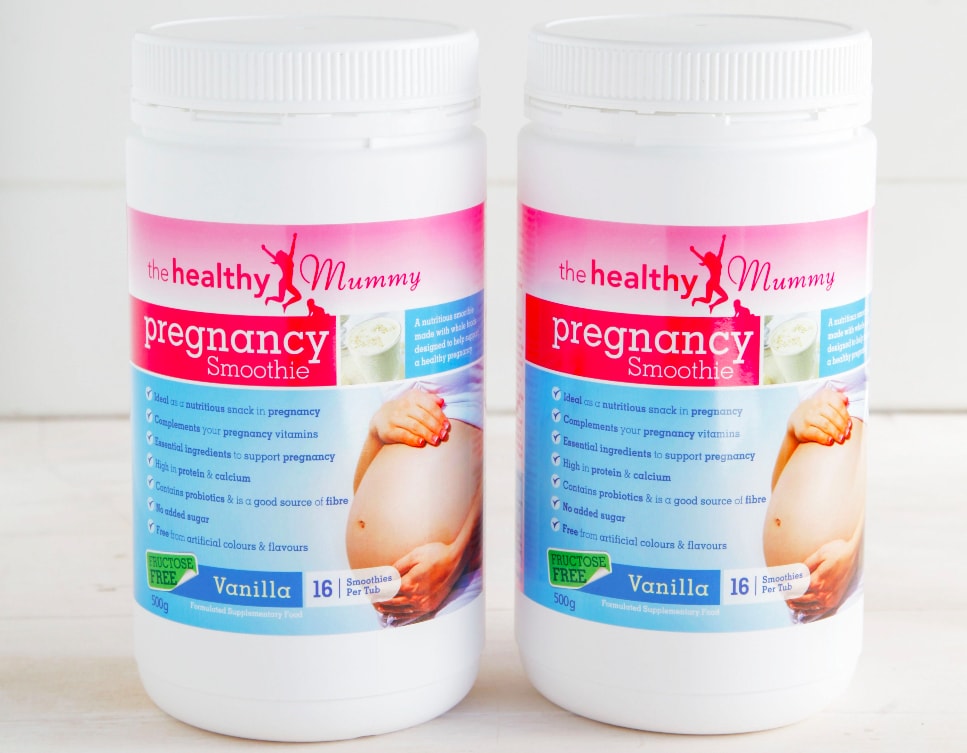
Are you currently pregnant? Then you should try our yummy Healthy Mummy Pregnancy smoothie.
The Healthy Mummy Pregnancy Smoothie is designed to complement, not replace, your prenatal vitamin intake. Our nutritionists ensured that the vitamins and minerals in the smoothie are at a low level so there is no risk of doubling up on any pregnancy vitamins.
It is ideal as a high-protein, high-calcium snack in pregnancy. You can download the Pregnancy Smoothie Label here.
To purchase yours, click here.
*Please note that The Healthy Mummy Pregnancy range promotes healthy weight gain in pregnancy*


